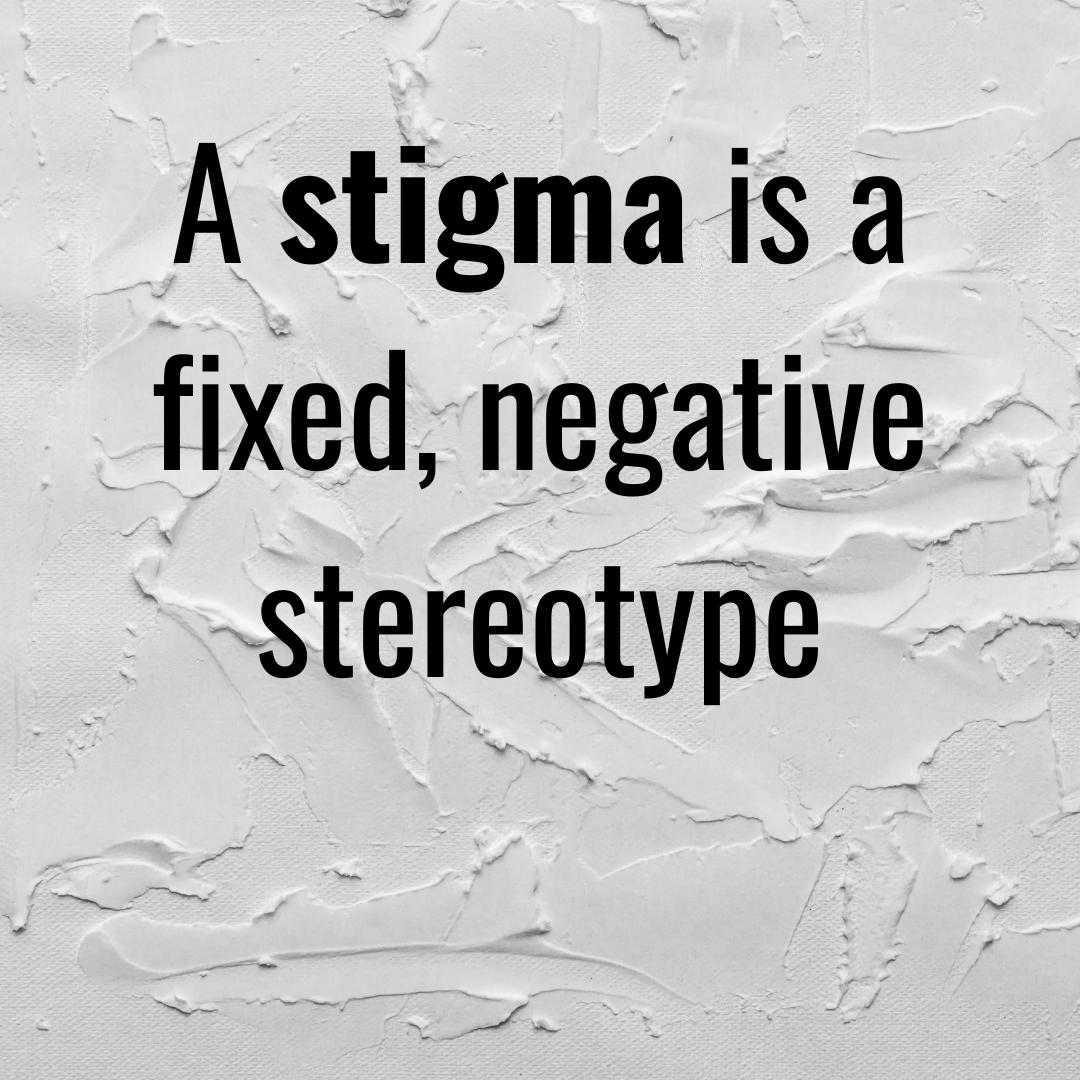The STEM Stigma: Transforming the Current Narrative
By Kersten Schmidt, BSN, RN
Archie Manning raised sons who succeeded in playing professional football. Peyton and Eli Manning are successful in the same sport their father excelled in first. Coincidence? Perhaps. Or were they programmed to enjoy football and have confidence in their abilities from a young age? See, the skills presented to us and the language used to encourage or discourage our use of them can impact our future. If more children were born into an extraordinary football legacy and told they were capable and destined for high achievement, the NFL would be a viable career option for many. If this were true for every child, more adults would be lacing up than betting on their fantasy brackets. The same principle applies when children begin learning about STEM (science, technology, engineering, and math).
A stigma is a fixed, negative stereotype. 75% of Americans report having enjoyed science classes during their K-12 years. Yet, there remain many adults who report strongly disliking these classes. Of those, approximately half attribute this to believing that science is hard. When reflecting, 36% recall viewing science classes as useless to them in the future. These are the exact types of perceptions that come to shape our career paths.
Universally, the STEM fields carry an underlying stigma of being challenging, confusing, and even dull. For minority groups, an additional STEM stigma exists entirely. Minority groups are widely underrepresented within the STEM community. The existing stigmas identify which ethnicities and genders typically succeed in STEM.
Consider the Facts
According to pewresearch.org, within the population of STEM workforce employees:
11% are African American (AA)
9% are Hispanic
41% are women
50% of women report gender discrimination
20% of women say gender directly affects their ability to succeed at work
22% report experiencing sexual harassment at work
These minority groups of non-STEM professionals report two primary reasons for opting out of STEM professions.
1. A lack of STEM-specific encouragement beginning at an early age (39% of women and 41% of AA/Hispanics)
2. A lack of access to quality education in STEM fields (42% of AA/Hispanics)
Institutions educating a highly diverse population of learners, especially those in lower socioeconomic regions, often lack summer education and enrichment program funding. During these summer months, an education gap often leads to a lack of interest in STEM subjects. When interest levels fall and stigmas influence perception, fixed beliefs set in.
Our societal dialogue surrounding STEM instills a sense of dislike and even fear in early learners. Fixed beliefs hinder our ability to be malleable and curious about our capabilities to conquer STEM concepts throughout our early education. Some people will distance themselves from these beliefs over time, while others will solidify them to the core. Let's not forget that these beliefs are further affirmed if learners can't see those of their culture, ethnicity, and gender represented within STEM professions.
“Whether you think you can or you think you can’t —- you’re right”
Studies acknowledge a positive relationship between early STEM experiences and future involvement in STEM fields. Our experiences with core STEM subjects begin in our young, formative years. Before 8th grade, many students decided they would instead not pursue a future in STEM. This decision may be directly related to the expressed attitudes of the teaching individuals in the classroom and at home, as well as access to STEM programs.
Teachers and students were assessed at the beginning of the semester about their anxieties surrounding math subjects. At this point, a relationship between students’ anxiety perceptions and the teachers could not be drawn. After the semester, re-assessment shows teachers who reported high levels of math anxiety as having classes with the highest number of low-achieving math students. The opposite is true for teachers who initially reported low levels of math anxiety
Teachers model stigmas that directly affect their students' performance
Teachers model stigmas that directly affect their students' performance. This highlights the importance of adult educators modeling positive attitudes and confidence towards STEM subjects. Caretakers of any kind are adult educators too. Remembering this will be critical for young learners as online classrooms, and remote schooling continues to be the norm.
Igniting Change
Let’s address the issues. If you've identified even a slight STEM stigma within yourself or seen this stigma present in young learners you work or live with, here are a few suggestions:
1. Practice self-reflection. Start by asking:
What was your experience in core STEM subjects growing up?
What might have helped or hindered your perception from an early age?
If you had a negative experience, what would have made it more positive?
By self-reflecting, we gain awareness and avoid making the same mistakes our teachers and parents made early on.
2. Reframe the conversation. Consider the following statements:
"Math is confusing.” This dialogue can shift to "Math is an opportunity for growth” or “Math is a series of building blocks”.
"I’m nervous that I will fail this course.” This statement can be molded into, “I’m excited to succeed.”
Reframing is a quick way to shift a negative to a positive while modeling your own optimistic beliefs in discussion with early learners.
3. Make STEM Fun and expose children early! Learners alike perform best when genuinely enjoying active and engaging lessons. Think back to memorizing your multiplication tables- was there a song involved? Does School House Rock ring a bell? These learning tactics might seem silly now, but didn’t they work? Most kids enjoy hands-on activities so get creative. Consider getting your child or students involved in a local STEM program such as the Future City Competition a project-based learning program where students in 6th, 7th, and 8th grades imagine, research, design, and build cities of the future. There are a vast variety of programs to expose early learners to STEM. Discover more activities and programs at https://www.stemforward.org/.
This is just the tipping point of identifying STEM stigmas and suggesting a short list of solutions. Many other factors contribute to our individual held beliefs, and additional solutions are needed to create change. I encourage you to carry on this conversation with friends, family, and coworkers. I challenge you to be mindful when speaking about STEM. Choose to embrace actions that positively engage children in STEM. Perhaps for you, that begins at home, in a classroom, or within your community. Subtle changes in our thoughts and actions can positively influence early learners. When we collectively start to do this within our communities, we mold the next generation of STEM professionals.
Interested in helping transform the current STEM narrative for local youth? Consider volunteering your time here.
Posted on July 13, 2022, by Maureen Haeger. Communications & Program Manager.
Kersten Schmidt is a freelance writer and registered nurse. Currently, Kersten works in an academic setting helping students blossom into nursing professionals. A passion for healthcare and education is at the root of Kersten’s writing. She composes content surrounding today’s latest health, wellness, and community interest topics. She can be found walking her rescued greyhound or teaching yoga when she is not writing. Find Kersten on LinkedIn or connect directly with her at kschmidtwrites@gmail.com.






